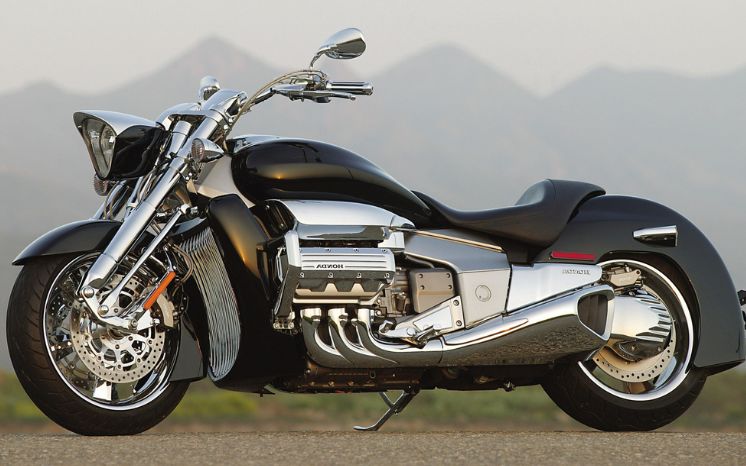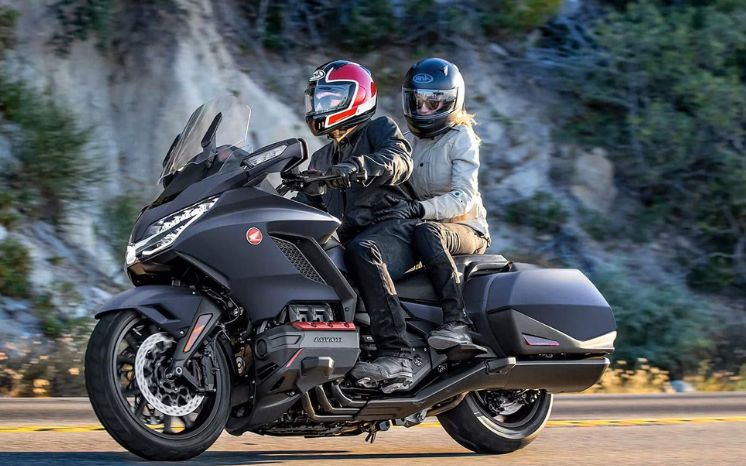Honda Motorcycles, a renowned name in the motorcycle industry, boasts a global presence with its state-of-the-art manufacturing facilities spread across various continents. The question, “Where are Honda Motorcycles made?” thus, pertains to a complex network of production facilities.
Each facility might differ in its production capacity, model specialization, and operational efficiency. However, each one plays a crucial role in maintaining Honda’s reputation for delivering top-quality motorcycles to riders worldwide. This article aims to explore this intriguing question further and delve into the various aspects influencing Honda Motorcycle’s wide-spread manufacturing.
Where Are Honda Motorcycles Made?
Honda Motorcycles are manufactured in various countries, including Japan, Thailand, India, China, Brazil, and more. The production units are equipped with cutting-edge technology and follow strict quality control measures to ensure that every motorcycle meets Honda’s high standards of performance and reliability.
In Japan alone, there are three major production plants located in Kumamoto, Hamamatsu, and Saitama. These plants are responsible for producing a wide range of Honda motorcycles, from high-performance sports bikes to popular commuter models.
Thailand is another crucial manufacturing hub for Honda Motorcycles, with five production facilities spread across the country. These factories not only cater to the domestic demand but also export motorcycles to other Asian and European countries.
India is home to one of the largest Honda motorcycle production plants in the world, located in Haryana. It produces a diverse range of motorcycles, including popular models like Honda CD 110 Dream, CB Shine, and Activa.
China also has multiple production facilities that manufacture Honda Motorcycles, catering to both domestic and international markets. These factories produce a significant number of entry-level motorcycles and scooters for the Asian market.
Besides these major production hubs, Honda also has manufacturing units in other countries like Brazil, Argentina, and Vietnam. These factories are strategically located to cater to the demand for Honda motorcycles in their respective regions.
Overall, Honda Motorcycles’ global presence in diverse production facilities showcases its commitment to meet the growing demand for high-quality motorcycles worldwide. With over 60 years of experience and innovation, Honda continues to lead the industry by providing top-notch motorcycles that meet the needs and preferences of riders in different countries.
See more: Indian Vs Harley
Sustainability Efforts in Honda’s Manufacturing Processes

In their pursuit of sustainability, Honda Motorcycles has integrated several eco-friendly practices into their manufacturing processes across all facilities. For instance, Honda’s Kumamoto Factory in Japan is a leading example of their commitment to environmental preservation. The facility utilizes solar power and wind power extensively, minimizing reliance on fossil fuels.
Furthermore, Honda Motorcycles has implemented advanced waste management systems at their factories. These systems efficiently segregate waste, promoting recycling and decreasing landfill waste. The Haryana plant in India, for example, boasts a high recycling rate and aims to achieve zero landfill waste in the near future.
Honda also strives to reduce its carbon footprint by focusing on energy-efficient production. In China, Honda’s plants employ energy-saving technologies and practices, significantly reducing greenhouse gas emissions. Similarly, the Thailand facilities have adopted rigorous energy conservation measures.
In Brazil and Argentina plants, Honda has taken measures to conserve water during the manufacturing process. By recycling water and continuously monitoring water usage, these factories significantly reduce their overall water consumption.
Evidently, Honda Motorcycles’ sustainable methodologies extend beyond the bikes they produce and are ingrained in the very processes they use to manufacture them. By minimizing their environmental impact, Honda demonstrates their dedication to sustainable manufacturing, living up to their motto, “The Power of Dreams.”
FAQs
Honda Motorcycles’ global manufacturing operations are integral to their mission of producing high-quality motorcycles. Although we’ve covered some aspects, it’s understandable that readers might still have questions about some specifics. Let’s explore some frequently asked questions about Honda Motorcycles’ operations.
How does Honda ensure uniform quality across different manufacturing units?
Regardless of where a Honda Motorcycle is manufactured, the company ensures that it meets the same stringent quality standards worldwide. This is achieved through a rigorous set of quality control measures that are uniformly implemented across all manufacturing units.
Production processes, from initial design to final assembly, are meticulously monitored, and every motorcycle undergoes comprehensive testing before it leaves the factory. Honda also invests heavily in staff training, ensuring that every worker, regardless of their location, understands and upholds Honda’s uncompromising standards for quality.
What technology is used in Honda’s manufacturing plants?
Honda utilizes a range of cutting-edge technologies in its manufacturing plants worldwide, designed to optimize efficiency, ensure quality, and reduce environmental impact. The company uses robotics, particularly in precision tasks, to enhance accuracy and consistency.
Additionally, Honda uses advanced computer systems for tasks such as design, simulation, and production planning. Furthermore, the company embraces renewable energy technologies, with facilities like the Kumamoto Factory in Japan using solar and wind power.
How does Honda adapt its products for different markets?
Honda understands that riders’ needs and preferences can vary significantly across different markets. Therefore, the company conducts extensive market research in each region to understand the specific requirements and preferences of local riders.
This information is then used to adapt their motorcycles for each market, from the model’s design and specifications to the type of materials used. These adaptations can range from different engine sizes and body styles to variations in color schemes and features.
What are Honda’s plans for future manufacturing?
Honda is committed to continuous innovation and improvement in its manufacturing operations. The company plans to further expand its use of renewable energy sources and increase the efficiency of its manufacturing processes, aiming to reduce its environmental impact even further.
Honda is also constantly researching and developing new technologies to enhance the efficiency and quality of its motorcycles. They are exploring more advanced robotics, artificial intelligence, and machine learning technologies, which could bring about a radical transformation in how motorcycles are manufactured in the future.
Final Thought
Honda Motorcycles’ dedication to quality, innovation, and sustainability has made it a global leader in the motorcycle industry. Wherever a Honda motorcycle is made, it represents the company’s commitment to delivering a superior riding experience.
Its manufacturing processes are designed to uphold the highest standards, leveraging advanced technologies and stringent quality controls. This commitment extends to their efforts to minimize environmental impact, a testament to Honda’s vision for a sustainable future.
As Honda explores more advanced technologies and sustainable practices, we can expect a continued evolution in how motorcycles are made. This commitment to progress and excellence reflects Honda’s brand essence, “The Power of Dreams,” and underlines why Honda motorcycles continue to be trusted and loved worldwide.
In conclusion, the question of “where are Honda motorcycles made” extends beyond geographical locales. It speaks to the heart of Honda’s operations – a blend of quality, innovation, and commitment to sustainability. This is the essence of every Honda motorcycle, regardless of where it’s made. It’s the Honda way.
